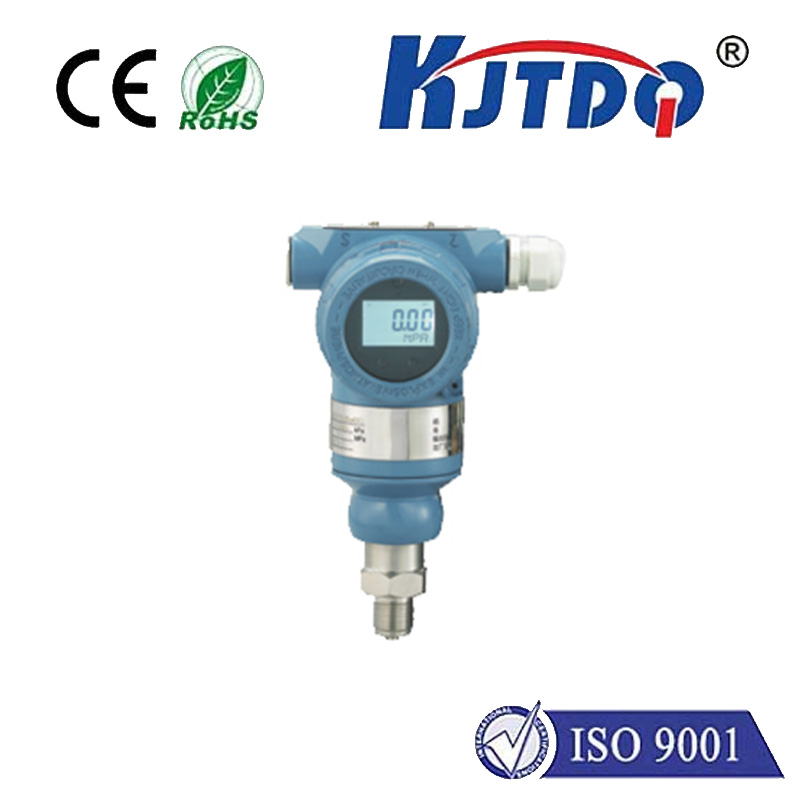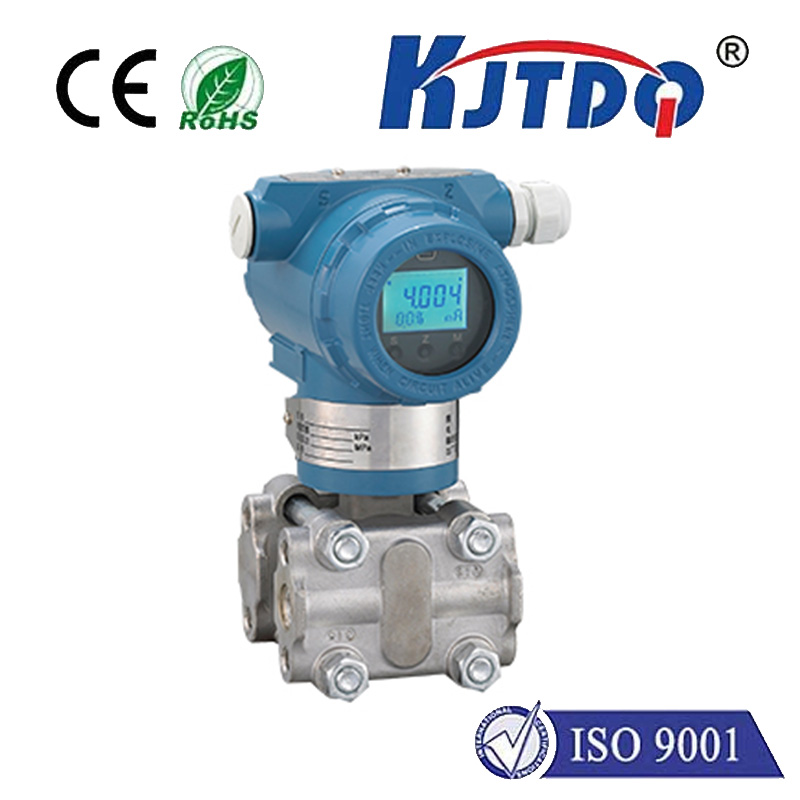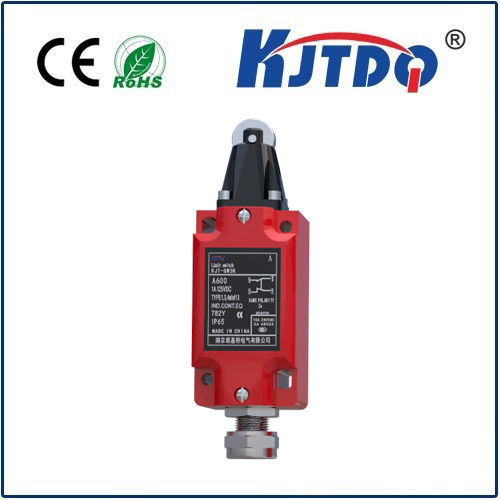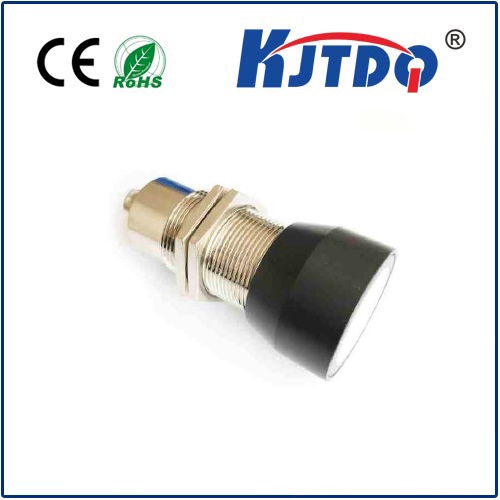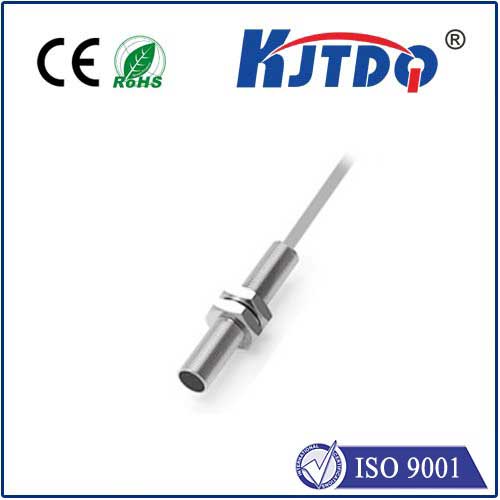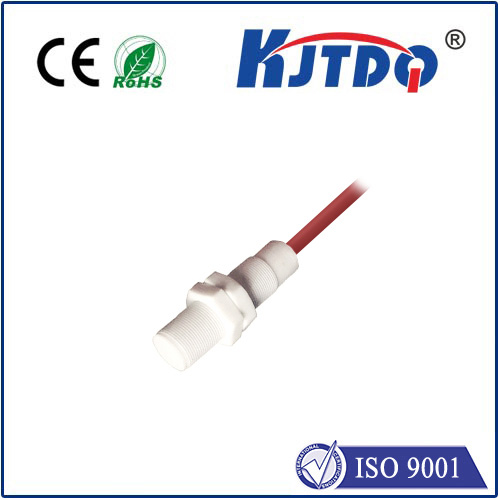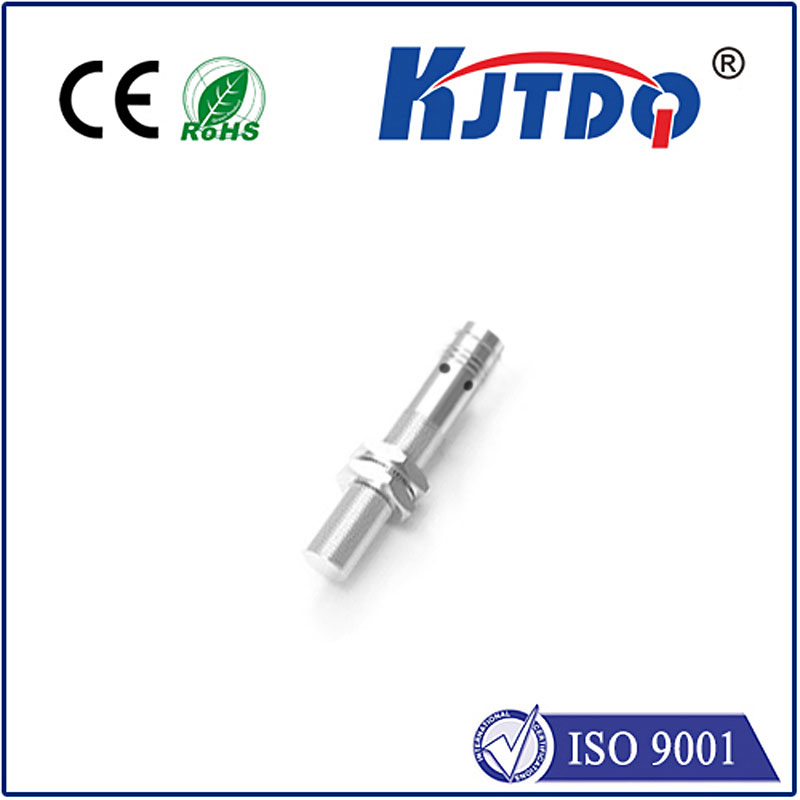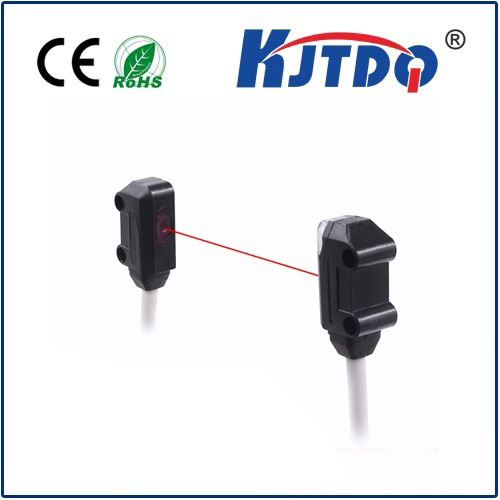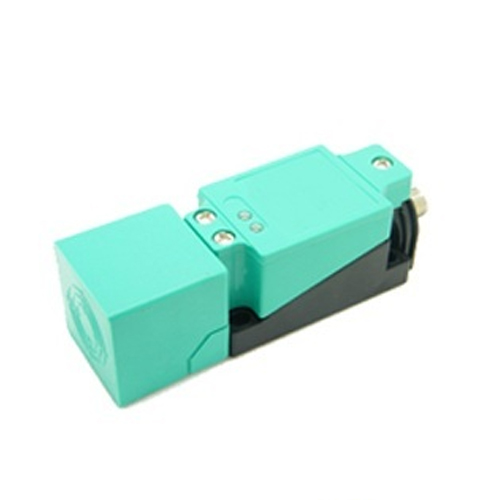

check

check

check

check

check

check

check

check

check

check
Measuring wind speed and direction is crucial for various applications ranging from weather forecasting to aviation safety. A tool that has revolutionized this process is the Doppler anemometer, a device designed to provide accurate measurements of the speed and direction of the wind. This article aims to shed light on the working principle, advantages, and applications of the Doppler anemometer.
The Working Principle of a Doppler Anemometer
A Doppler anemometer operates based on the Doppler effect, which occurs when there is a change in frequency or wavelength of a wave due to the relative motion of the source and observer. In the case of a Doppler anemometer, the waves are ultrasonic sound waves emitted by the device's transmitter. As these waves travel through the air and encounter obstacles like dust particles or other airborne particulates, they reflect back to the receiver. The change in frequency of these reflected waves is then analyzed to determine the wind speed and direction.

Advantages of Using a Doppler Anemometer
One significant advantage of using a Doppler anemometer is its ability to measure wind speed and direction simultaneously without any moving parts. This feature makes it highly reliable and durable compared to traditional mechanical anemometers that use spinning cups or vanes. Additionally, since it uses ultrasonic waves, it can provide accurate readings even in conditions with low wind speeds or turbulence.
Another benefit of the Doppler anemometer is its compact size and ease of installation. It can be mounted on buildings, towers, or other structures with minimal space requirements. Moreover, its digital output signal makes it compatible with modern data logging systems and computer interfaces, allowing for seamless integration into advanced weather monitoring networks.
Applications of a Doppler Anemometer
The precision and reliability offered by the Doppler anemometer make it ideal for various applications where accurate measurement of wind speed and direction is essential. In meteorology, it helps improve weather forecasting models by providing real-time wind data. In the aviation industry, airports use it to monitor windshear and microbursts, ensuring safer takeoffs and landings. Similarly, renewable energy sectors like wind farming rely on Doppler anemometers to optimize turbine placement and operation. Even sports events such as sailing competitions utilize these devices to assess wind conditions accurately.
In conclusion, understanding how the Doppler anemometer works and recognizing its advantages over traditional methods highlight its significance in measuring wind characteristics accurately. Its wide range of applications further emphasizes the value it brings to different fields requiring precise wind data. As technology continues to advance, we can expect more innovations in anemometry, but for now, the Doppler anemometer remains a vital tool in our quest to understand one of nature's most unpredictable forces – wind
